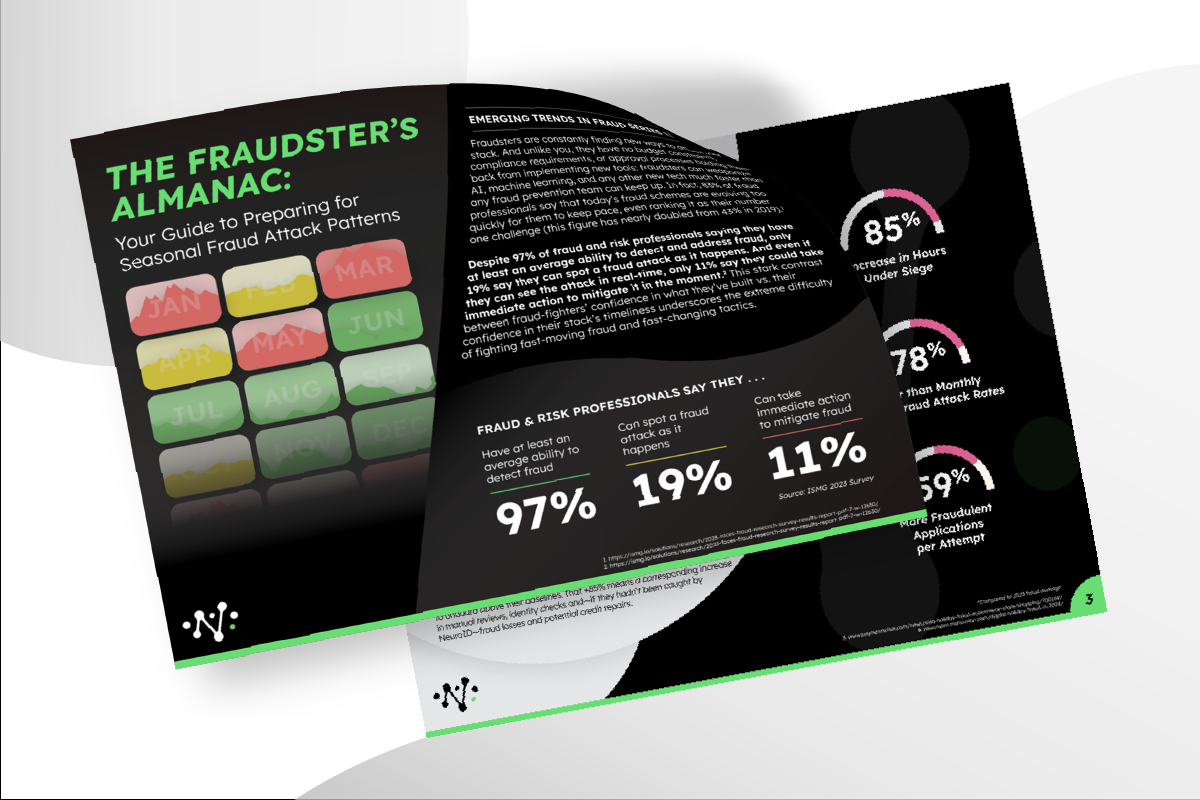
3 Hot Takes from Brian Russell, Digital Identity Executive
Brian Russell is a distinguished digital identity executive and global fintech advisor, whose career spans three decades across the financial services and technology sectors. His extensive experience includes key leadership roles at U.S. Bank, where he spearheaded enterprise-wide identity and authentication strategies, and Wells Fargo, where he led the build-out of identity management platforms. As the Founder and CEO of DaVinci Partners Consulting, he currently provides strategic advisory services across the digital identity ecosystem, focusing on identity proofing, KYC, authentication, and authorization.
Brian’s career is marked by his ability to recruit and lead high-performance agile teams, drive innovation and deliver transformative digital solutions. He has consistently solved complex business problems and created new opportunities by leveraging cutting-edge technologies such as behavioral analytics, AI, and machine learning, and has been on the front lines as each of those (and other) technologies evolve from generation to generation. Brian has launched several successful SaaS platforms for identity management, advised top-tier financial institutions, and contributed to industry thought leadership through roles on various advisory boards and industry workgroups.
All these contributions to the field of identity fraud fighting, and more, have earned him recognition as a respected subject matter expert and a driving force in the industry.
We’re honored to have Brian join us for the upcoming webinar, Seasonal Fraud Forecasting: Strategies for Year-Round Agile Detection, where he’ll talk about the drivers and data behind fraud patterns in banking, shopping and money movements. But first we wanted his take on some of the more broad issues facing identity and risk management today. Here are Brian’s three hot takes on genAI, making changes towards innovation, and misconceptions prevalent in the fraud industry.
Q1. With generative AI transforming so many industries, what excites you most about its potential in digital identity verification?
I believe that genAI will be a transformative technology for all banks. I highly encourage industry players to actively test genAI tools and capabilities in a secure processing environment with your own data. It’s important to learn how you can leverage the technology to improve your performance and to understand how the technology can be used by bad actors against you.
GenAI will likely have a huge impact on digital identity verification. There are three key areas I’ve been focusing on lately to better understand the impact. First, genAI should dramatically improve fraud detection due to its ability to analyze vast amounts of data to identify fraud patterns that go undetected today. Its ability to simulate potential fraud scenarios will provide Risk, Fraud and Digital teams with a strong new tool to lower fraud costs. Second, we should see improvements in the User Experience such as reducing onboarding steps, and the stronger verification of documents and data while delivering a faster and more intuitive customer experience. Finally we can use genAI to create synthetic identities that can be leveraged to better train our models used in digital identity verification.
Q2. You’ve worked in many cutting-edge financial institutions. In your experience, what’s the secret sauce for driving successful innovation that gets through red tape of even the big FIs?
The secret sauce for driving innovation from my perspective is building a strong business case that directly impacts a high priority business need. The impact doesn’t have to be purely customer facing experience but could be an underlying process change, technology enhancement, or risk and compliance control—think outside the box! The ability to quantify the positive impact of your projects is essential. For example, can you show that a new capability that prefills your application will reduce abandonment rates and lower overall vendor costs while increasing net new customers? What is the ROI of that investment and what are all the ways it can improve our performance?
Also, make sure you are focusing the benefits on high priority pain points or business needs. The acquisition process for digital funding is highly competitive, so make sure you are focusing a “top 5” type of initiative. This doesn’t mean that you don’t think outside the box, but make sure the positive impacts are aligned with key business opportunities.
Q3. What’s the biggest misconception you’ve come up against in your line of work, or one pet-peeve you wish you could correct across how the industry runs?
The biggest misconception is that many industry players don’t truly appreciate how important a role that digital identity plays in the success of a financial institution today. Digital Identity Management includes the entire customer journey from when the customer first onboards (Identity Proofing and KYC), then creates digital credentials to access services (Authentication) and then uses funds/credit lines (Payment Authorization). So first and foremost, every digital interaction the customer has involves the leveraging of their digital identity. Customer satisfaction scores of NPS or CSAT are heavily dependent on a smooth, safe and secure digital experience. So the more intuitive, low friction and secure experience you can deliver, the better results your bank will see.
Secondly, without a strong Digital Identity Management platform the bank will be burdened financially with fraud losses as well as challenges with the regulatory agencies. I would imagine this statement is not going to generate any real debate. But the challenge is not only the direct financial losses and regulatory challenges it brings, but how the lack of a robust platform will also severely negatively impact your customers. The cumulative negative impact on customers in loss of money and time due to synthetic identities, account takeover and fraudulent transactions will significantly erode customer trust in bank.This will result in higher customer complaints, higher customer turnover and likely lower new customer acquisition rates.
Thank you, Brian! For more insights from Brian, sign up for our upcoming webinar, Seasonal Fraud Forecasting: Strategies for Year-Round Agile Detection.




